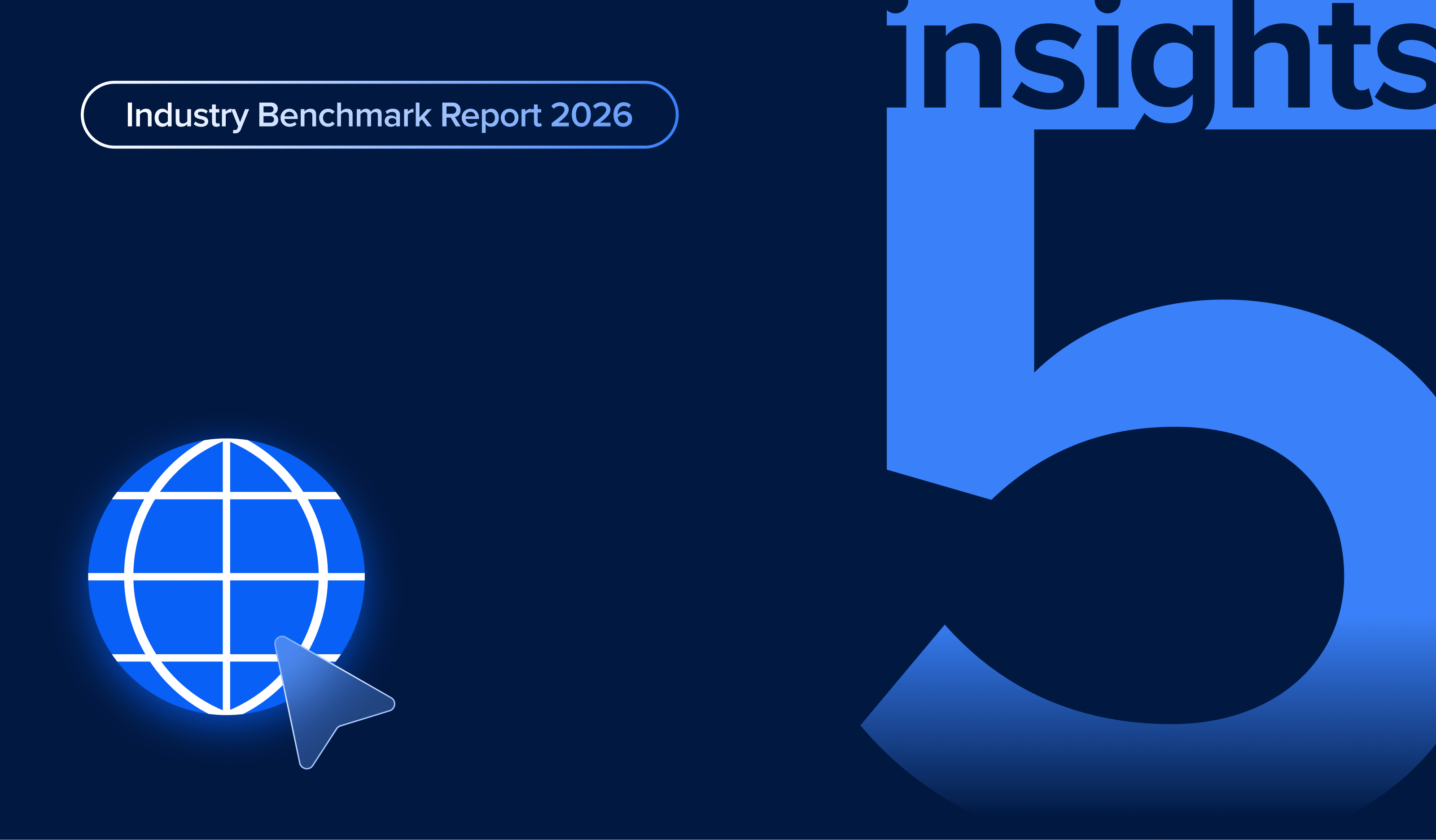Making a Splash: Top Waterpark Trends for 2025

Waterparks have long been a cornerstone of summer fun, offering guests a mix of thrill, relaxation, and unforgettable memories. But as the world changes, so do the demands and expectations of waterpark visitors.
As we head into 2025, waterpark operators must stay ahead of emerging trends to keep their parks fresh, exciting, and profitable. In this post, we’ll explore the top trends that are set to make waves in the waterpark industry.
1. Sustainability takes center stage
In an era where environmental consciousness is more critical than ever, sustainability has moved from being a nice-to-have to a must-have. Visitors are increasingly looking to support businesses that prioritize eco-friendly practices, and waterparks are no exception.
What this means for waterparks
Waterparks are uniquely positioned to make a significant impact through sustainable practices. From reducing water usage with more efficient filtration systems to incorporating solar energy, the opportunities are vast. Additionally, implementing eco-friendly materials in construction and promoting recycling initiatives within the park can enhance your park’s green credentials.
Why it matters
Going green isn’t just good for the planet—it’s good for business. Parks that prioritize sustainability often enjoy increased loyalty from eco-conscious guests, positive media coverage, and even savings on operational costs over time.
Examples in action
Some parks have already started making strides in this area. For example, Disney’s Typhoon Lagoon has introduced energy-saving initiatives, including LED lighting and solar panels. Meanwhile, waterparks in drought-prone areas are adopting water recirculation and filtration systems to reduce their overall consumption.
2. Technology-driven guest experiences
Technology continues to revolutionize the guest experience, and waterparks are no exception. From mobile apps that streamline entry to virtual reality (VR) attractions, technology is enhancing the way guests interact with waterparks. But beyond the fun and convenience, technology is also playing a critical role in security and safety, with innovations like facial recognition and guest flagging systems becoming increasingly important.
What this means for waterparks
Investing in technology that enhances the guest experience is crucial. This could mean implementing mobile apps that allow guests to purchase tickets, reserve lockers, or even order food directly from their phones. Additionally, integrating virtual and augmented reality experiences can add a futuristic twist to traditional attractions. Importantly, for larger parks, security technologies like facial recognition can be used to validate guests at gate entry, ensuring that banned individuals are effectively kept out. Solutions like ROLLER’s guest flags and ban feature can significantly enhance the safety and security of your park by helping staff identify and manage guests who may pose a risk.
Why it matters
Today’s guests, especially younger ones, expect technology to be an integral part of their experience. By leveraging technology, waterparks can increase convenience, reduce wait times, and create unique experiences that set them apart from the competition. Furthermore, incorporating security technologies protects guests and enhances their sense of safety, which is increasingly becoming a key part of the overall guest experience.
Examples in action
In recent years, waterparks like Volcano Bay at Universal Orlando have introduced wearable technology like the TapuTapu wristband, which allows guests to join virtual queues and interact with various features throughout the park. Additionally, parks are beginning to adopt advanced security measures, with facial recognition being used to enforce ban lists at entry points, ensuring a safer environment for all guests.
3. Heightened focus on safety, hygiene, and incident response
The COVID-19 pandemic has permanently shifted the way people view public spaces, making safety and hygiene top priorities for waterpark guests. In response, waterparks are not only investing more in ensuring their facilities are fun, but also prioritizing the highest standards of safety and cleanliness. Beyond this, there is an increasing emphasis on robust incident response systems, which are becoming crucial for managing safety risks and insurance considerations.
What this means for waterparks
Waterparks must implement and maintain stringent safety and hygiene protocols to reassure guests. This includes regular sanitization of high-touch areas, promoting hand hygiene, and potentially redesigning spaces to allow for better social distancing. Additionally, advanced water treatment technologies are being explored to ensure the highest levels of water quality. A growing number of parks are also adopting incident response platforms to track and manage safety incidents more effectively. These platforms not only help with real-time response but also provide valuable data for insurance claims and assessments on premiums.
Why it matters
Guests’ expectations around safety and cleanliness are higher than ever, making it essential for parks to demonstrate their commitment to these values. Parks that can clearly showcase their proactive approach to safety, hygiene, and incident management are more likely to gain the trust and business of cautious visitors. Moreover, the ability to efficiently track and respond to incidents can play a critical role in managing insurance costs and reducing premiums, a significant concern for many operators.
Examples in action
Many parks have responded by introducing contactless payment options, mobile ordering, and enhanced cleaning schedules. Additionally, parks like Great Wolf Lodge have implemented “Paw Pledge” programs, outlining their commitment to safety and cleanliness to ensure guests feel comfortable and secure. On the incident response front, parks like Jamberoo (a ROLLER customer) have started using advanced platforms to better track incidents and use this data to support insurance claims and assess premiums, demonstrating a proactive approach to both guest safety and financial management.
4. Health and wellness-oriented experiences
The health and wellness trend is no longer confined to spas and gyms—it’s making its way into waterparks as well. As guests become more health-conscious, they’re seeking out experiences that contribute to their well-being, both physically and mentally.
What this means for waterparks
Waterparks can capitalize on this trend by offering attractions and amenities that promote relaxation and well-being. This could include adding more leisurely attractions like lazy rivers or wave pools, creating serene spaces for yoga or meditation, or offering healthier food options throughout the park.
Why it matters
Health and wellness are becoming increasingly important to guests of all ages. By incorporating wellness-oriented experiences, waterparks can attract a broader audience, including those who might not be interested in traditional thrill rides.
Examples in action
Some waterparks are already tapping into this trend by offering wellness retreats and spa-like amenities. For example, Center Parcs in the UK offers Aqua Sana, a waterpark-spa hybrid that combines water attractions with wellness experiences like saunas, steam rooms, and hydrotherapy pools.
5. Personalization and immersive experiences
Today’s consumers crave personalized experiences that cater to their individual preferences and create lasting memories. This trend is driving waterparks to rethink how they engage with guests on a more personal level.
What this means for waterparks
Personalization can take many forms in a waterpark setting, from offering customizable food and beverage options to creating unique, immersive storylines for different attractions. Parks can also use data-driven insights to offer personalized recommendations and experiences to guests based on their preferences and behaviors.
Why it matters
Personalization creates a deeper connection between the park and its guests, leading to increased satisfaction, repeat visits, and positive word-of-mouth. Immersive experiences, in particular, allow guests to feel like they’re part of something bigger, making their visit more memorable.
Examples in action
Waterparks are beginning to experiment with themed zones and attractions that tell a cohesive story. For instance, Atlantis Aquaventure in Dubai has created an entire waterpark experience based on the mythical lost city of Atlantis, complete with themed rides, decor, and interactive elements that immerse guests in the legend.
6. The rise of edutainment
Edutainment, the combination of education and entertainment, is gaining traction in the waterpark industry as families look for experiences that are both fun and enriching for their children. This trend is driving parks to incorporate educational elements into their attractions.
What this means for waterparks
Incorporating educational components into your waterpark can be a game-changer, especially for attracting families. This could involve creating attractions that teach guests about water conservation, marine life, or the science behind water slides. Interactive exhibits and workshops can also be added to engage children and provide a more enriching experience.
Why it matters
Parents are increasingly seeking out experiences that offer value beyond entertainment. By blending education with fun, waterparks can differentiate themselves from competitors and become a preferred destination for families.
Examples in action
Some waterparks are leading the way by introducing educational themes and interactive learning opportunities. For example, SeaWorld’s Aquatica combines thrilling water attractions with marine life education, offering guests the chance to learn about the ocean and its inhabitants while having fun.
7. Year-round waterpark experiences
As climate change alters weather patterns and guest expectations evolve, there is growing demand for year-round waterpark experiences. This trend is pushing waterparks to explore new ways to keep guests entertained, regardless of the season.
What this means for waterparks
To capitalize on this trend, waterparks can consider expanding their offerings to include indoor attractions, heated pools, and seasonal events that draw guests in throughout the year. Additionally, parks can create unique holiday-themed experiences, such as winter wonderlands or tropical Christmas celebrations, to attract visitors during off-peak times.
Why it matters
Year-round operations can significantly boost a waterpark’s revenue by extending the season and attracting guests who are looking for fun, regardless of the weather. It also helps to smooth out the peaks and valleys of traditional waterpark attendance patterns.
Examples in action
Indoor waterparks like Kalahari Resorts and Conventions have long capitalized on the year-round trend by offering climate-controlled environments that allow for water fun regardless of the season. Additionally, parks like Schlitterbahn have introduced heated attractions that keep guests coming even during cooler months.
8. Investing in forecasting and data analytics
As the competition for discretionary spending intensifies, waterparks are increasingly turning to data analytics to forecast and optimize their operations. Forecasting isn’t just about predicting visitor numbers—it’s about understanding and responding to a wide range of factors, including weather patterns, staffing needs, revenue trends, and macroeconomic influences.
What this means for waterparks
Waterparks must invest in advanced data platforms that integrate various data points, such as weather forecasts, historical attendance, and crowd analytics. These platforms, often integrated into data lakes, allow operators to make informed decisions that can significantly impact their bottom line. For example, accurate forecasting can help optimize staffing levels, reduce operational costs, and drive revenue through targeted promotions.
Read more: 5 Ways Smart Data Collection Can Save Attraction Venues Time and Money
Why it matters
Effective forecasting is essential for maintaining cost efficiency and maximizing revenue. By leveraging data analytics, waterparks can ensure they have the right number of staff on hand, manage asset operational costs, and implement timed promotions to boost attendance during slower periods. Additionally, investing in technology that eases crowd choke points can enhance the guest experience and increase overall satisfaction.
Examples in action
Larger waterpark operations are already seeing the benefits of sophisticated forecasting tools. Parks that use integrated data platforms can anticipate peak times, adjust staffing accordingly, and implement real-time promotions that respond to current conditions, such as unexpected weather changes. This proactive approach improves operational efficiency and enhances the guest experience by reducing wait times and improving service delivery.
Staying ahead of the wave
The waterpark industry is poised for significant growth and transformation in 2025. By staying ahead of these emerging trends, waterpark operators can not only meet the evolving expectations of their guests but also create unforgettable experiences that keep visitors coming back year after year.
Whether it’s embracing sustainability, leveraging technology, or offering personalized, immersive experiences, the key to success lies in innovation and adaptation. As these trends continue to shape the industry, waterparks that are willing to innovate and evolve will be the ones that thrive in the years to come.
At ROLLER, we’re committed to helping waterparks navigate these trends with cutting-edge technology and solutions that drive growth and enhance guest satisfaction. Let’s work together to make 2025 your most successful years yet!
Read Next: How Lost Island Waterpark Reduced Chargebacks by 92% with ROLLER
Related articles

.png)
Payment Trends That Will Shape 2026: Insights from the Attractions Industry Benchmark Report

How to Optimize Your Online Checkout: 5 Key Insights from the 2026 Benchmark Report
Enhance your guest experience
Get free education, tips and inspiration to help you run a successful venue.